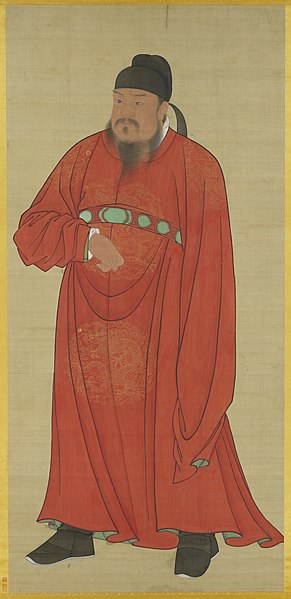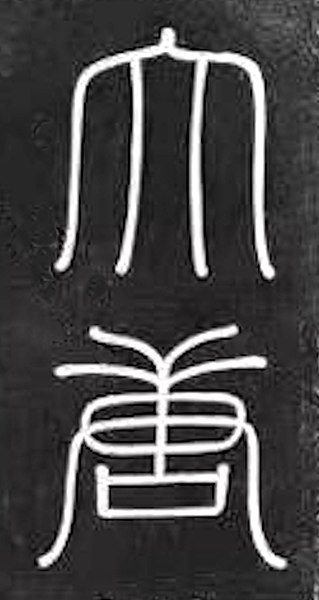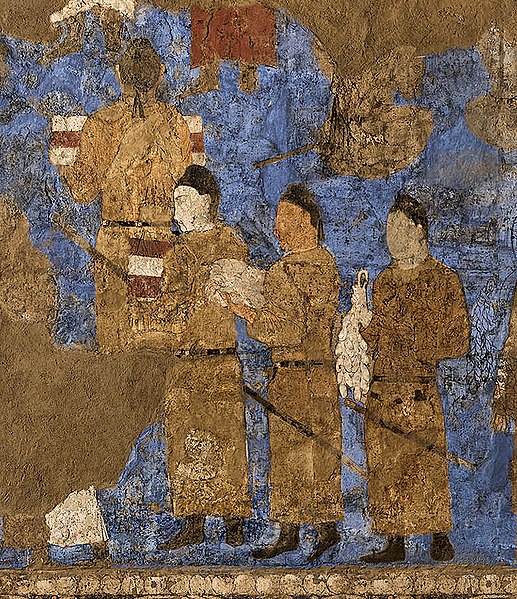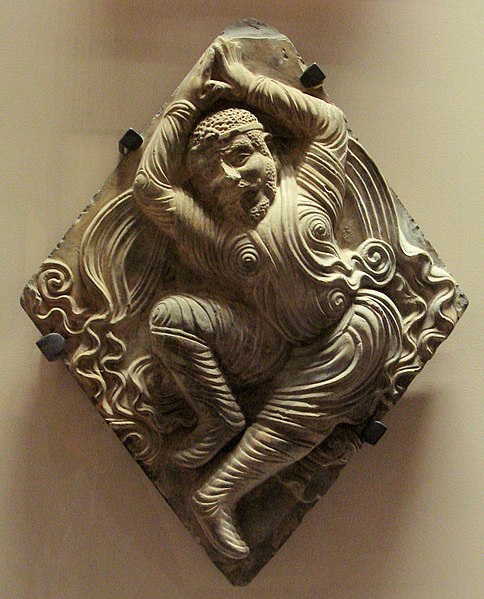Tang dynasty in Inner Asia
The Tang dynasty in Inner Asia was the expansion of the Tang dynasty's realm in Inner Asia in the 7th and, to a lesser degree, the 8th century AD, in the Tarim Basin, the Mongolian Plateau, and portions of Central Asia. Wars were fought against the Gokturk Empires and Xueyantuo, but also against many states of Central Asia. This expansion was not steady; for example, the Tang did lose control of the Tarim Basin temporarily to the Tibetan Empire in the 680s, and their expansion north of the Gobi Desert was thwarted in 682. Emperor Taizong's military success was, in part, a consequence of changes he initiated in the Chinese army, including improved weaponry. The emperor placed a new emphasis on cavalry, which was very important because his non-Han opponents used the horse effectively in warfare.
Mural commemorating victory of General Zhang Yichao over the Tibetan Empire in 848. Mogao cave 156, late Tang dynasty
Armoured Turkic horseman with shield and lance
The Tang dynasty, or the Tang Empire, was an imperial dynasty of China that ruled from 618 to 907, with an interregnum between 690 and 705. It was preceded by the Sui dynasty and followed by the Five Dynasties and Ten Kingdoms period. Historians generally regard the Tang as a high point in Chinese civilization, and a golden age of cosmopolitan culture. Tang territory, acquired through the military campaigns of its early rulers, rivaled that of the Han dynasty.
Portrait painting, dating to the Ming dynasty (1368–1644), depicting the first Tang emperor Gaozu (born Li Yuan, 566–635)
"Great Tang" (大唐; Dà Táng) in seal characters
Tang emissaries to Sogdian King Varkhuman in Samarkand, 648–651 CE, Afrasiab murals
Sogdian Huteng dancer, Xiuding temple pagoda, Anyang, Henan. Tang dynasty, 7th century






